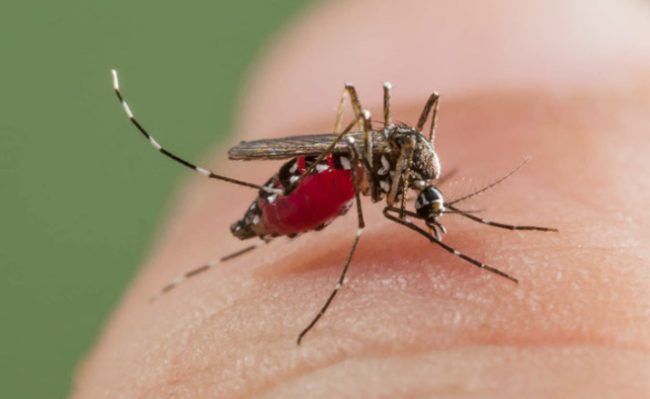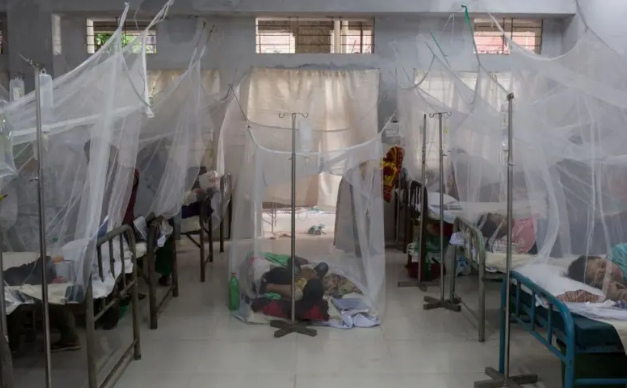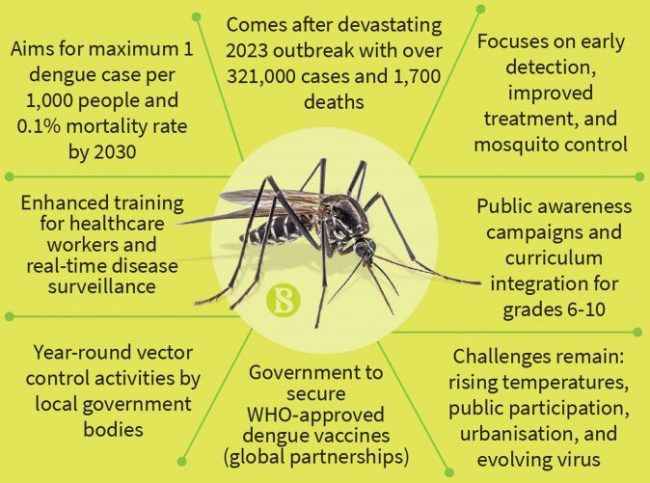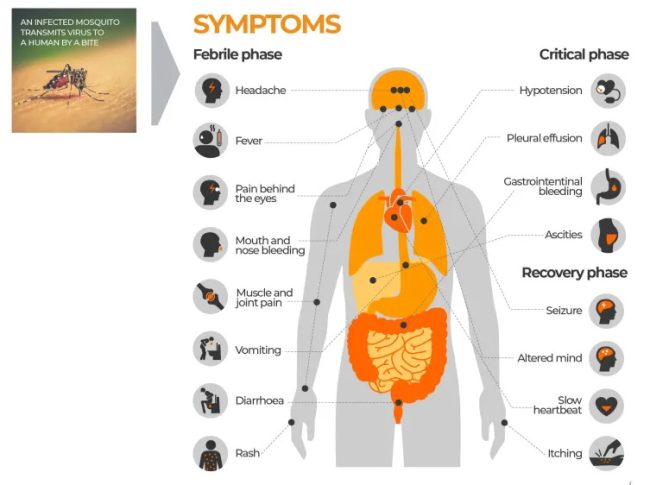Dengue in Bangladesh: A Persistent Threat

Dengue fever has become a significant public health concern in Bangladesh, with recurring outbreaks causing substantial morbidity and mortality.
The disease, transmitted by the Aedes aegypti mosquito, is characterized by high fever, severe headache, muscle and joint pain, and rash. In severe cases, it can lead to dengue hemorrhagic fever (DHF) and dengue shock syndrome (DSS), which can be fatal.

Key Challenges and Concerns:
- Rising Cases: The number of dengue cases in Bangladesh has been steadily increasing over the years, with record-breaking outbreaks reported in recent times.
- Strain Variations: The prevalence of different dengue virus serotypes can affect the severity and spread of the disease.
- Urbanization and Climate Change: Rapid urbanization and climate change have created favorable conditions for mosquito breeding, exacerbating the dengue problem.
- Healthcare Burden: Dengue outbreaks can strain healthcare systems, leading to overcrowding in hospitals and shortages of essential medical supplies.

Prevention and Control Efforts:
- Vector Control: Strategies such as larviciding, fogging, and community mobilization are essential for reducing mosquito populations.
- Public Awareness: Educating the public about dengue prevention, early symptoms, and seeking medical attention is crucial.
- Environmental Management: Addressing issues like stagnant water, improper waste disposal, and inadequate sanitation can help prevent mosquito breeding.
- Research and Development: Ongoing research is necessary to develop more effective vaccines, diagnostic tools, and treatment options for dengue.

For the most recent updates on dengue in Bangladesh, According checking reliable news sources or contacting the relevant health authorities in the country.
CATEGORIES Health
